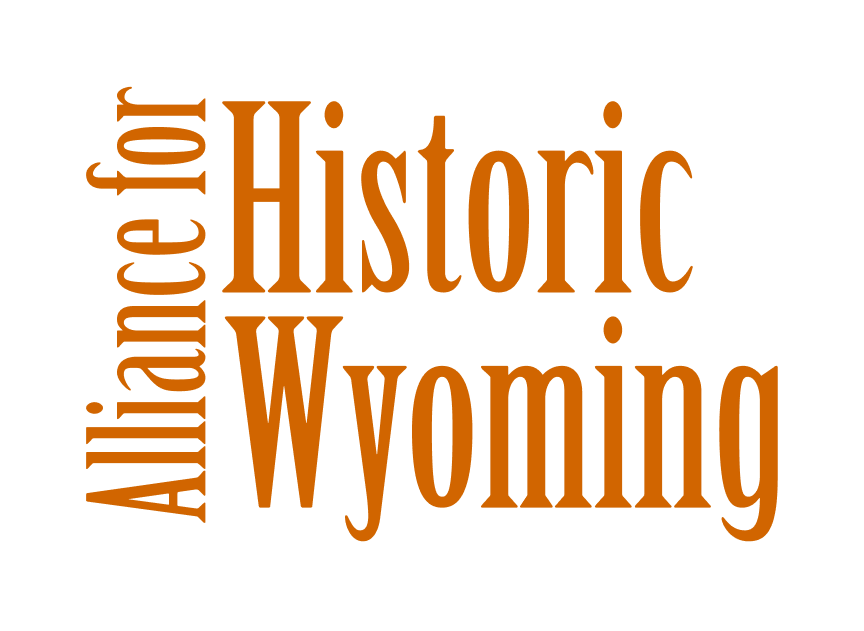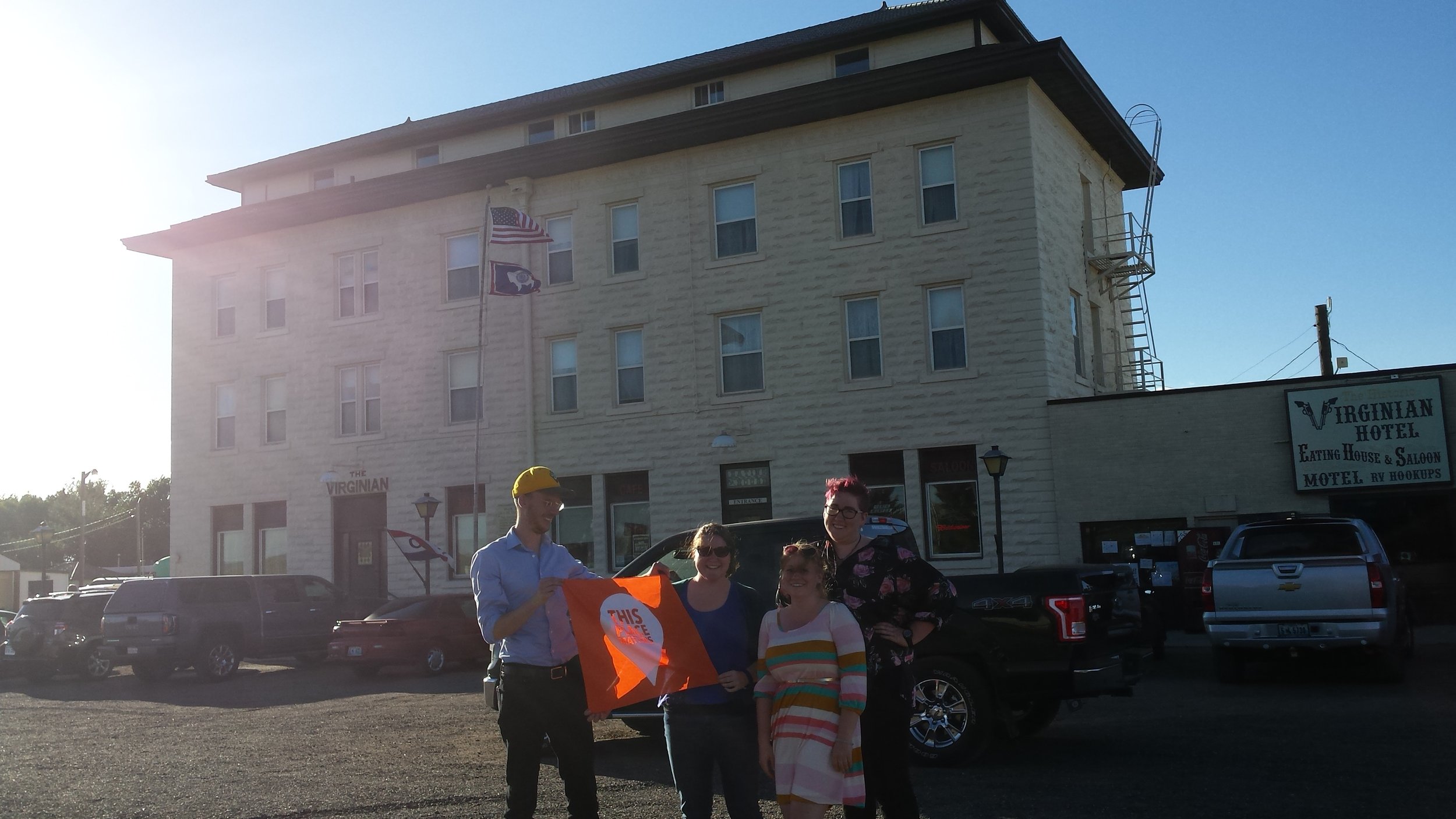By Luke Anderson
August 3, 2016
The history of the railroad in Wyoming is not limited to the historic train depots in the numerous communities that sprouted up along the tracks that crisscross the state. While railroad towns like Cheyenne were already developing reputations and nicknames like “Hell on Wheels,” the railroad industry was also thriving in the mountains that span the vast spaces between those towns. In fact, the early period of railroad construction throughout the west formed a strong connection between interstate commerce and transportation and what would become our nation’s national forests. As with most new technologies, the unification of east and west through the railroad required a lot of resources. In addition to the steel of the tracks and spikes, the other primary material needed to build the railroad is timber. Tie hacking, the term used for the cutting of timbers to produce railroad ties, became an important industry in Wyoming’s forests. Today, many remnants of tie hacking from the late 19th and early 20th centuries such as cabins and splash dams still remain in Wyoming’s national forests.
A great example of one of these sites is the Muddy Park splash dam in the Medicine Bow-Routt National Forest in southeast Wyoming. The splash dam was an innovative way to save energy while transporting timber from the mountain where the trees were to the valleys where the railroad was being built. A dam would be constructed of earth and timber on a small stream. Harvested timber for railroad ties would be piled below the dam. When the spring thaw came and stream flow increased, a reservoir would form behind the dam. When there were enough ties had been cut, the gates of the dam would open and the water in the reservoir would push the timber down the mountain to the railroad construction site.
Currently, there is minimal interpretive work being done on historic splash dam sites in Wyoming, but the structures are sturdy and in relatively good condition. After all, they were intended to hold back thousands of gallons of water. These dams are extremely unique historic resources and speak directly to the distinctive historical development of modern life in the American west. Splash dams typically do not stand just on their own. They are often parts of larger districts that include cabins and other structures also associated with tie hacking. These potential historic districts and unknown cultural landscapes are special to Wyoming, and should be recognized for their contribution to the iconic railroads that built the west.
Check out the gallery below to see photos of the Muddy Park splash dam. Special thanks to Kolleen Kralick with the Medicine Bow-Routt National Forest for the photographs and splash dam history.

LIKE WHAT YOU JUST READ?
- Browse our archive of Historic Places and Spaces Profiles by clicking here.
- To learn about all of our campaigns and initiatives, click here.
- Subscribe to our newsletter to learn more about what’s going on in Wyoming.
- Donate or become a member to help us produce stories, organize events, and be a voice for preservation across the state.
- Like us on Facebook, and follow us on Twitter and Instagram to see our latest updates!









6 Comments
byAndrea
That is very cool! I’ve never heard of splash dams, but they are a distinctive cultural resource that need more research and more visibility. Thank you for this article.
byAlliance for Historic Wyoming
We are so glad to hear this, Andrea. We are so pleased when we are able to raise awareness of all types of cultural resources, but especially those that are lesser-known.
bySusan Riggs
My dad had a tie camp on little flattop during the war until he went into marines where he was flamethrower in South Pacific. They must have trucked the ties out. He even employed a few women!!! They skiied into and out if camp to our ranch where everyone lived.
byAlliance for Historic Wyoming
Thanks so much for sharing your family story, Susan! Would you be interested in letting us share your memory on our Favorite Places page? We think that these types of memories are so important to historic preservation!
byDeana Wood
About ten years ago, six strong young men and I spent a week that summer refurbishing about one-half of the dam. We lifted and repositioned the timbers and recovered them with earth. We installed supports to keep the headwaters stable and ripped off the stones that gave the headwaters it’s strength. We seeded the area with the appropriate seed mix. Built a bench or two utilizing hand hewn from the area, as well as one that a retired logger he wed for us one day using only the tools available in the 1870s. The place looked wonderful. We put up a couple interpretive signs. We also put up a sign asking the dirt bike riders and the 3- and 4-wheelers stay off the dam. It was not there to be used as a jump launch. It was a lot of work and a lot of fun. It’s amazing what seven people can do in one week.
Deana Wood
P
byAlliance for Historic Wyoming
Deana – Thanks so much for your wonderful story. We here at Historic Wyoming believe that these kinds of stories are crucial to preserving the places we love. Would you be interested in us sharing your story on our Favorite Places page? Thanks again!
Comments are closed.